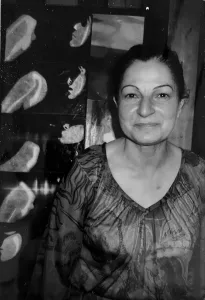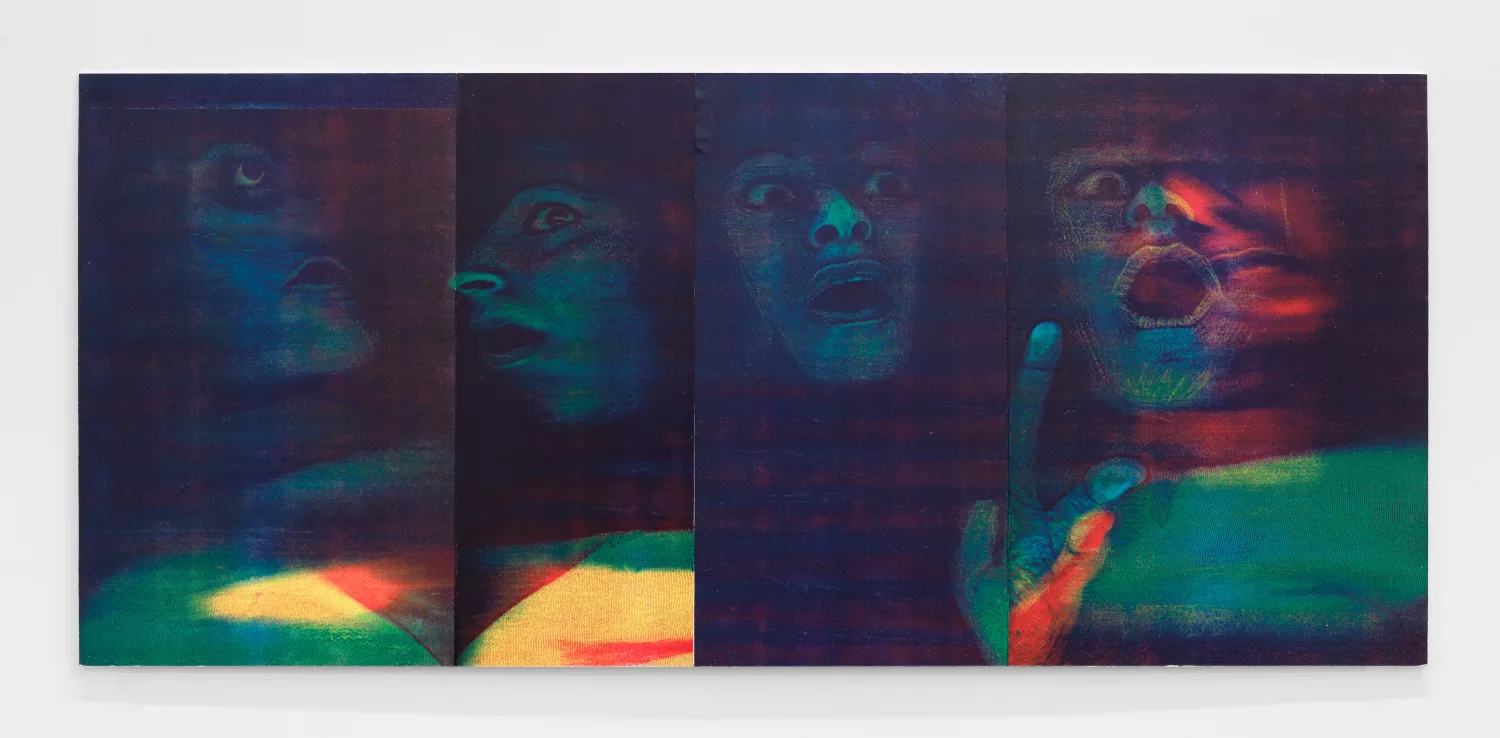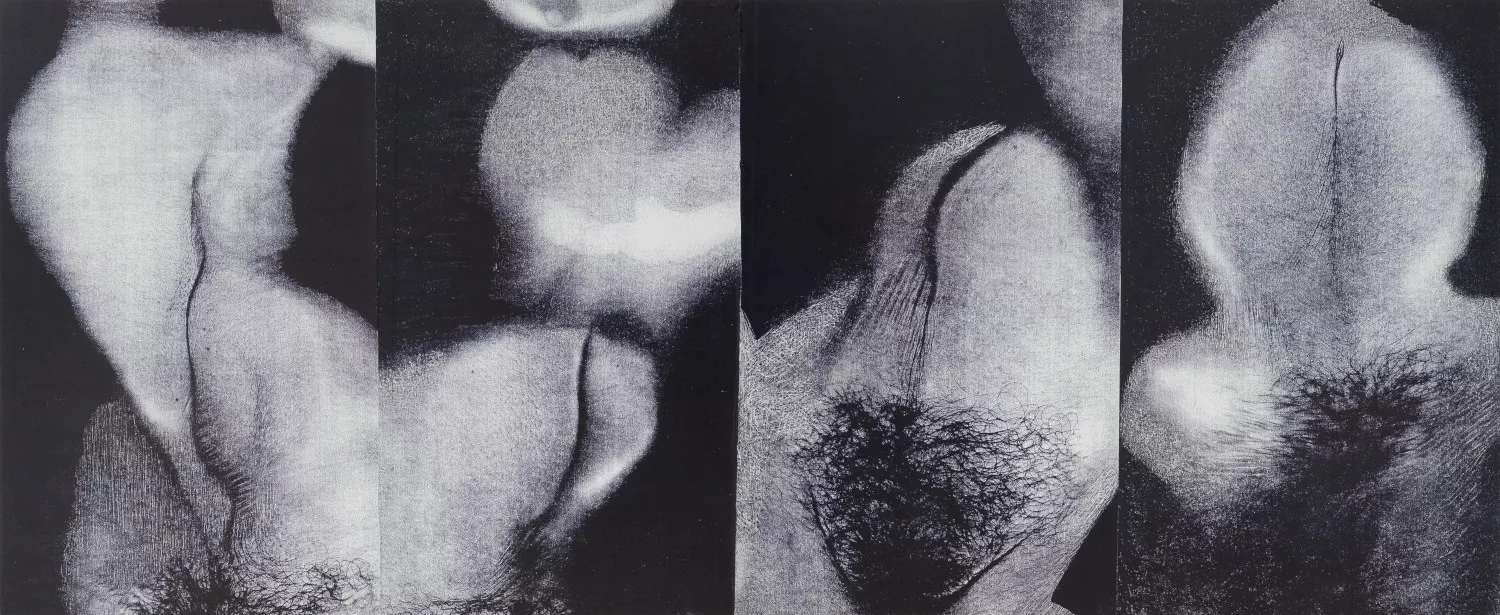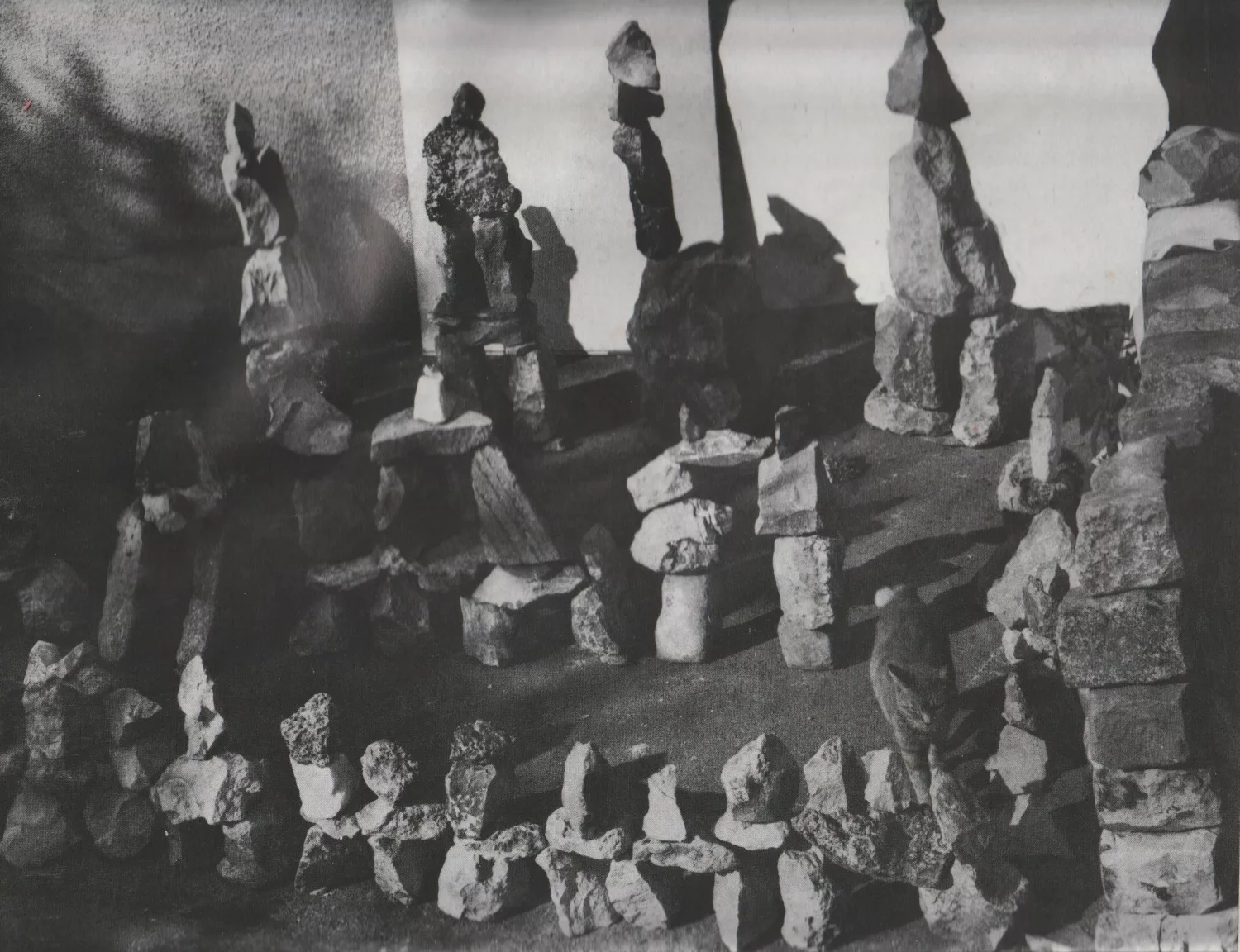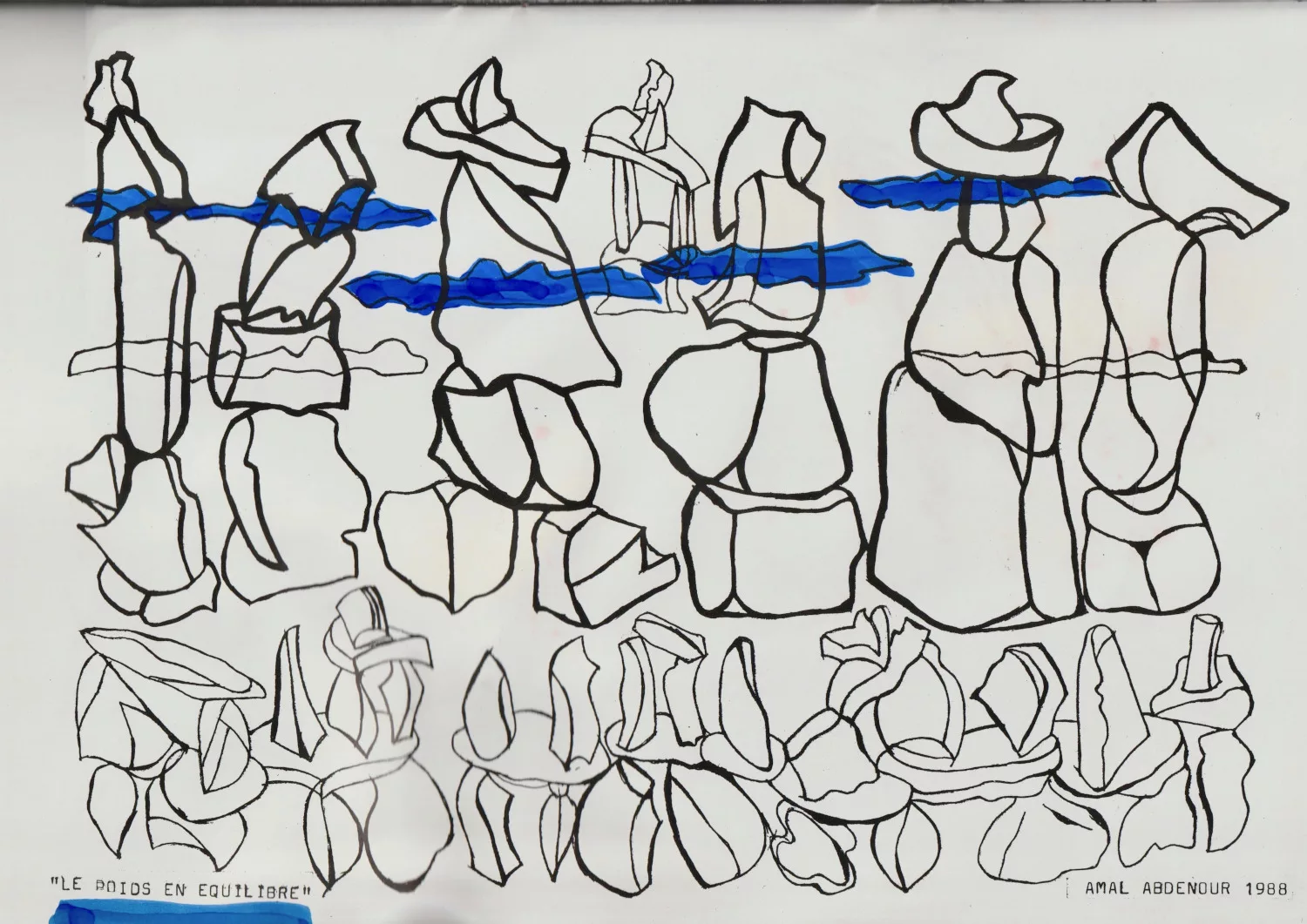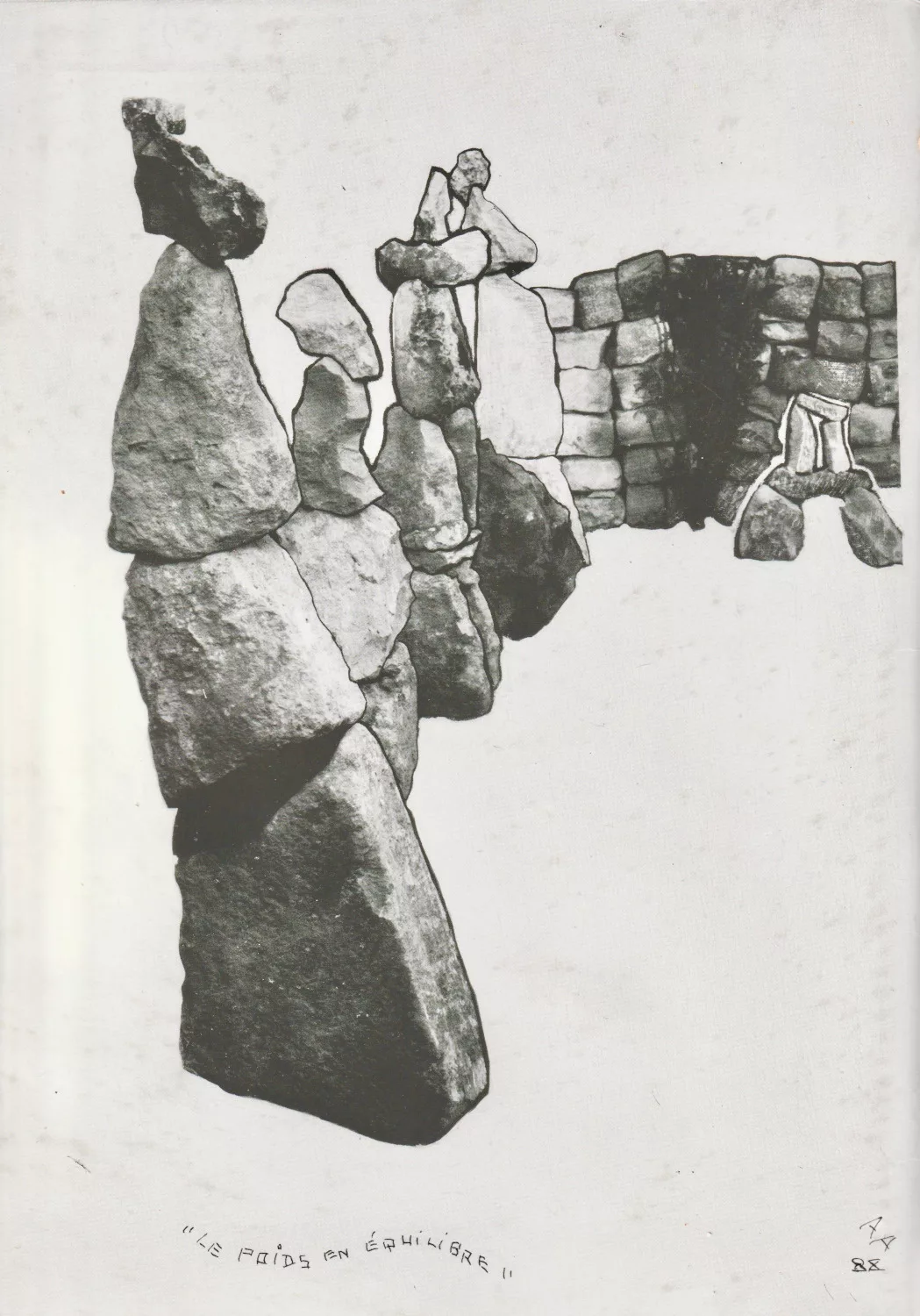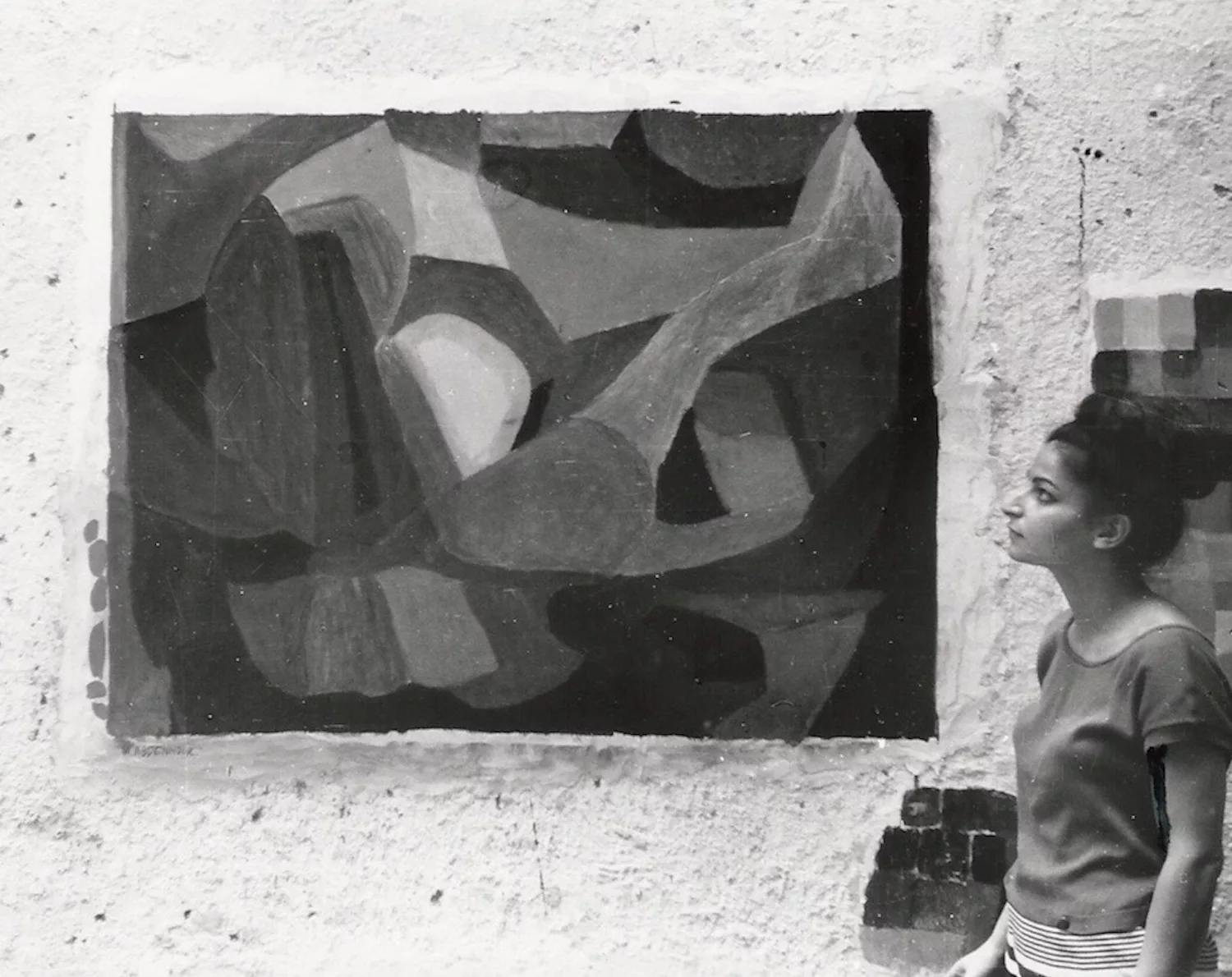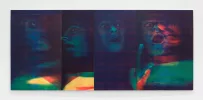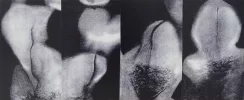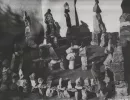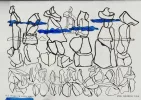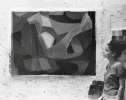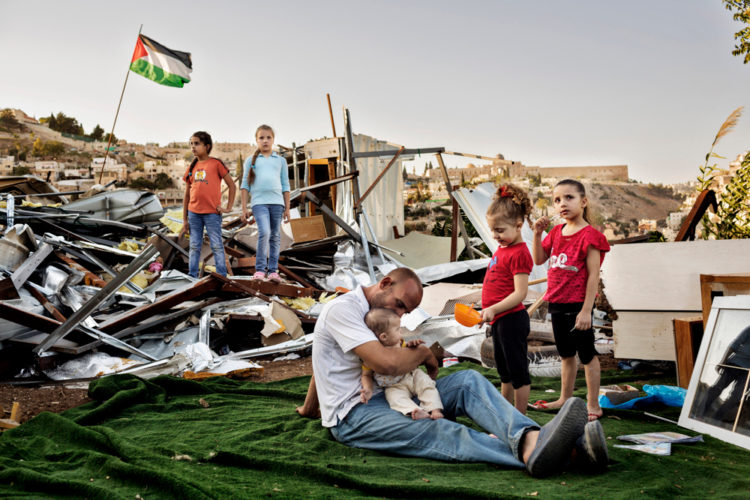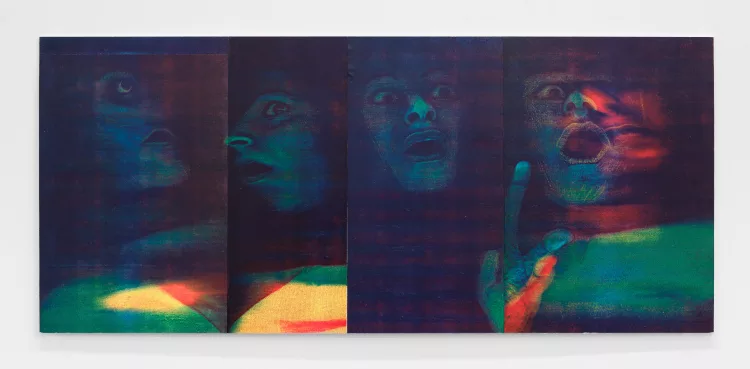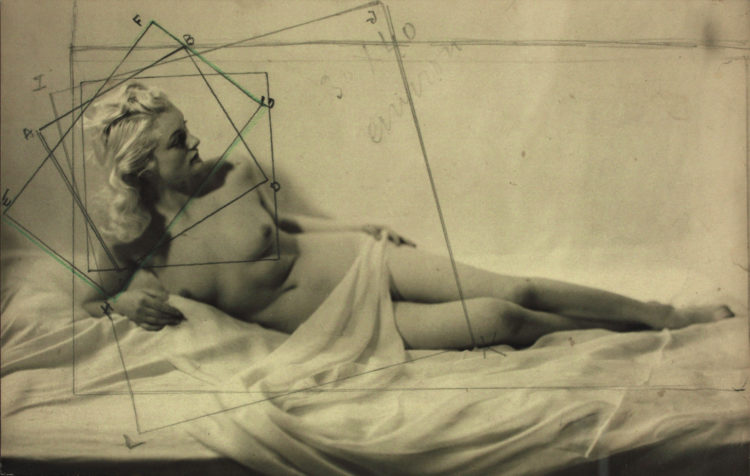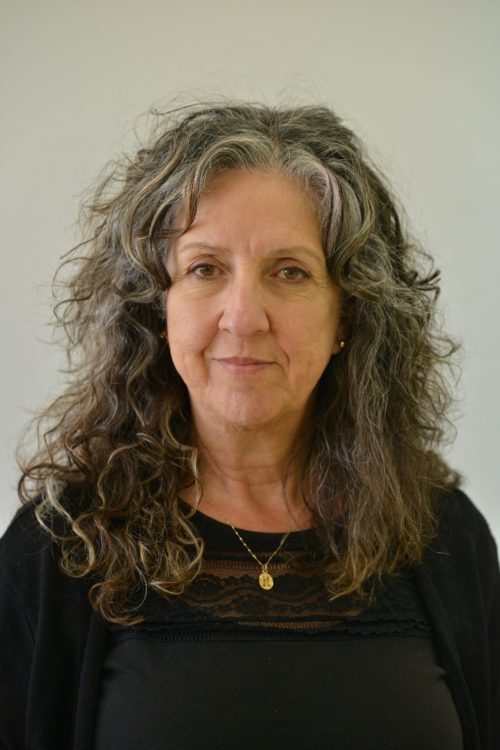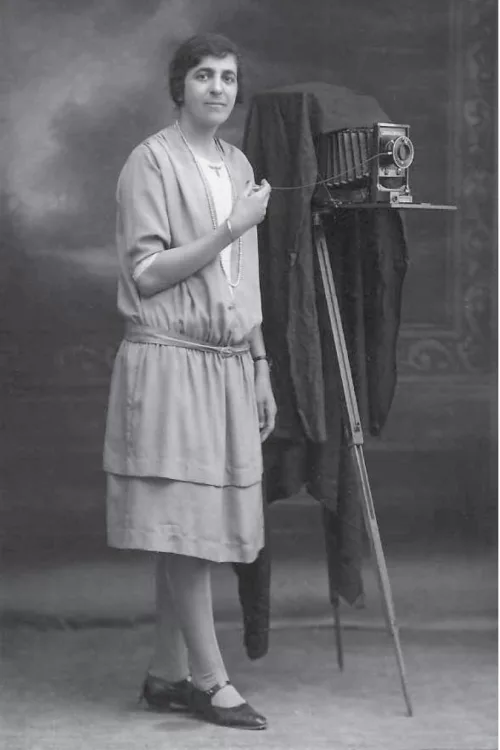Amal Abdenour
Rigal, Christian, “La photocopie devient un art”, in : Le monde, 20 November, 1983, p. v
→De Mèredieu, Florence, “La « révolution » des images”, in Art press, Décembre 1983, p. 20
→Falgayrettes, Christiane, “Pour tout pinceau une photocopieuse – une interview d’Amal Abdenour recueillie par Christiane Falgayrettes”, in Afrique-Asie, n° 260, 1er mars 1982, p. 55
Dans le labyrinthe de l’oreille coquillage. Rétrospective Amal Abdenour, Enseigne des Oudin, Paris, 13 April– 8 June, 2024
→What Happened to the Pioneer ?, Société des arts technologiques de Montreal, Quebec, 1995
→Féminie 75, première exposition du groupe Dialogue, UNESCO, Paris, 7 December, 1976–8 January, 1977
French-Palestinian visual artist.
Amal Abdenour was born in Nablus, Palestine in 1931. Her mother, raising five children alone following the death of her husband, made the decision at the beginning of the Nakba in 1948 to move the family to Cairo. They left behind them memories of a happy life, now their only ties to the place. In her unpublished memoirs, the artist described them becoming like “ashes…carried by the wind to the four corners of a world without borders, like so many flower petals”.
After secondary school, A. Abdenour enrolled at Cairo’s School of Fine Arts in Zamalek. Here, she moved in the circles of the painters Ramsès Younane (1913–1966) and Inji Efflatoun (1924–1989) of the Art et Liberté group. In the 1940s, the group would offer the younger generation of artists and intellectuals a reflection on the numerous cultural and political reforms to come. She also met the painter William Ishaq, and through him began to frequent the Communist Youth. In 1954 her political convictions led to her arrest by the new government of Gamal Abdel Nasser: she was detained in the Citadel prison for two and a half years. During this period she created a number of paintings of which only photographs remain, including Maternité en prison [Motherhood in Prison, c. 1953]. She participated in several group exhibitions in Cairo following her release in 1957.
In 1962, after a brief period in Libya, she moved to Paris to complete her artistic training at the École des Beaux-Arts, notably in the atelier of Albert Lenormand (1915–2013). She graduated from the school with a degree in mural painting, fresco and mosaic.
In 1970 A. Abdenour started creating works on a Rank Xerox photocopier, which she described as “the painting machine”. For a decade, electrography would be her sole mode of expression. Her works were shown in France and internationally, establishing her as a pioneer of Copy Art.
First working in black and white, then in colour from 1974, her works “use the interior and exterior light of the machine to capture instant, variable, transformable but unreproducible effects”, thus reflecting, like light, “an imprecise and unique idea of life”. The diverse technical processes offered by the photocopier allow her to retouch, assemble and recompose works, resulting in images that exploit “chance transformed into art by her own breath […] frescoes of images that are moving within time’s immobility”.
While some of these works are pure abstraction, others fall within the movement of body art. A series of self-portraits using fragments of her own body pressed against the machine, possibly recomposed, evokes a search for the identity of the self in exile. At times the images portray a sexual body, freed from taboo, as in 9 unités triomphantes [9 Triumphant units, 1970–1979].
Over time A. Abdenour’s work would become more and more politically engaged, particularly with regards to her support for Palestine, as seen in series of posters and flyers. In 1977 she moved into an artist’s studio in Nogent-sur-Marne, and in 1988 recreated in its garden an installation titled Le Poids en équilibre [The Weight in Balance], a work dealing with the continuous conflict shaking her homeland.
A. Abdenour has been represented by the Enseigne des Oudin since the early 1980s, and later joined its endowment fund.
A biography produced in partnership with the Musée d’Art Moderne de Paris and Zamân Books & Curating within the scope of the programme Role Models
© Archives of Women Artists, Research and Exhibitions, 2025


